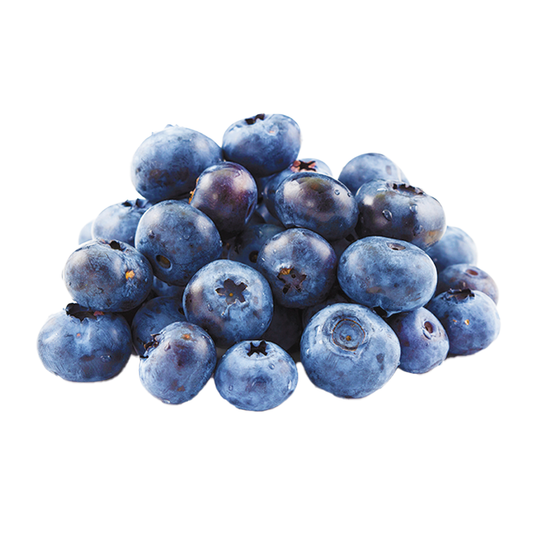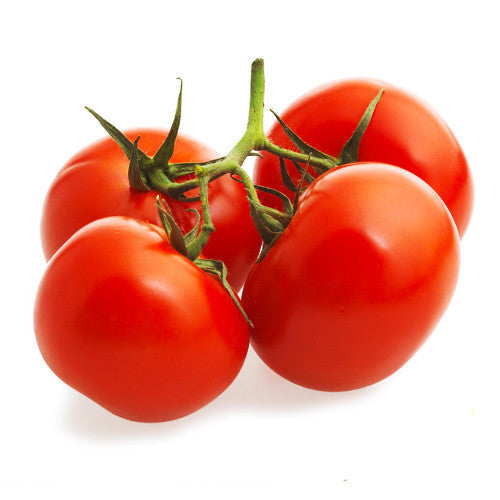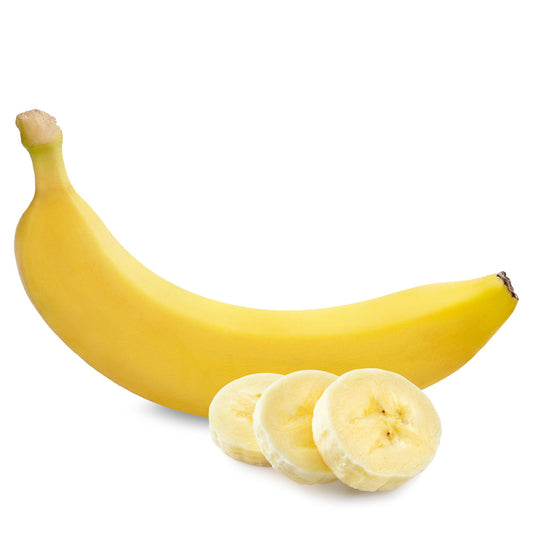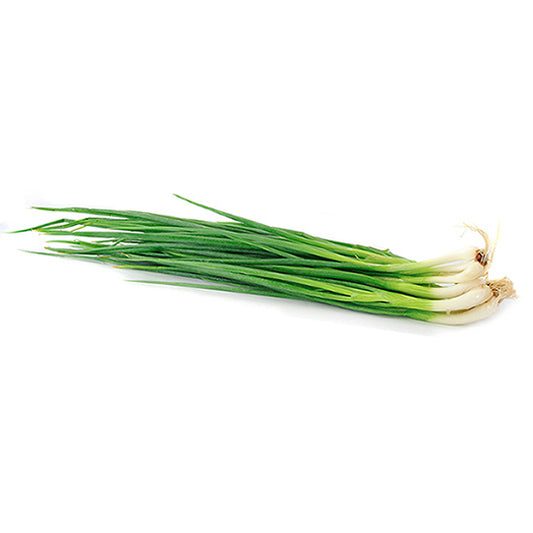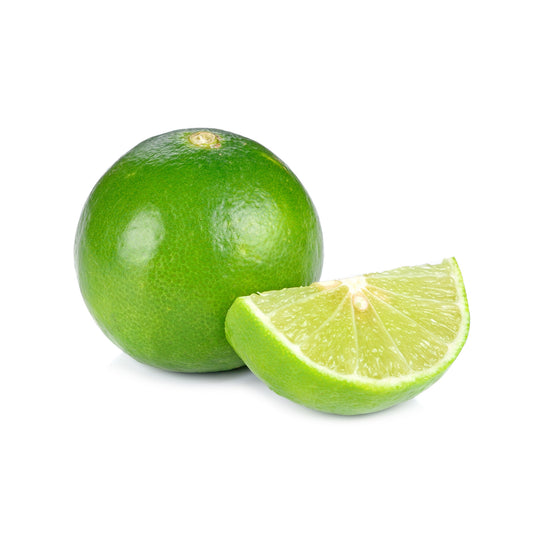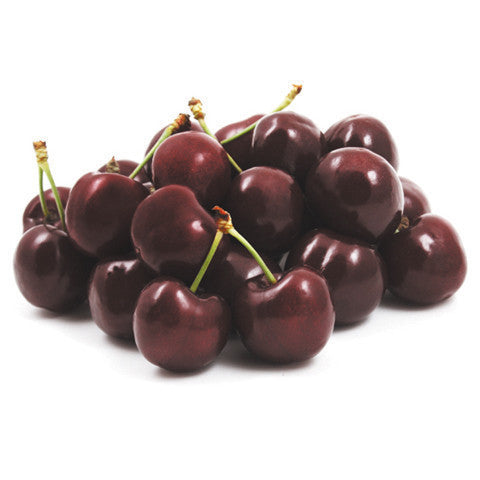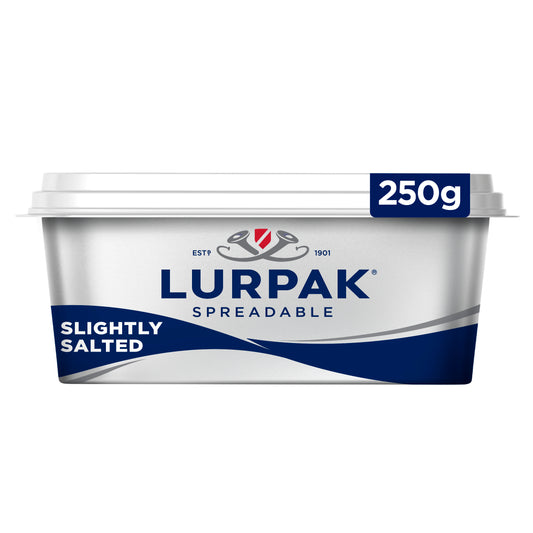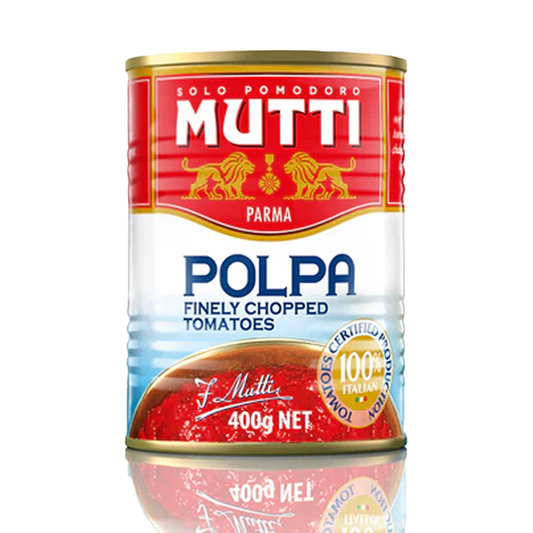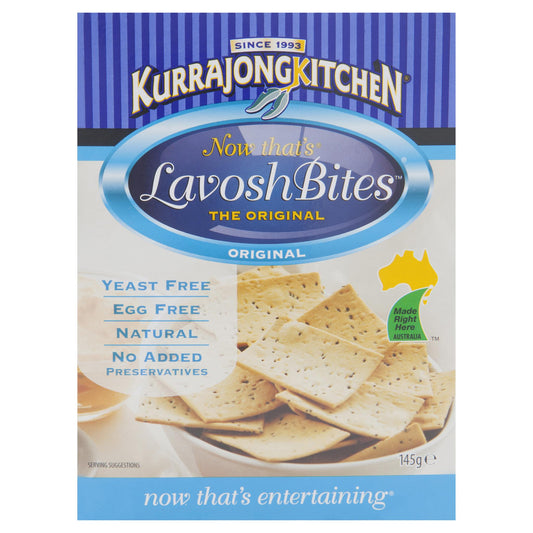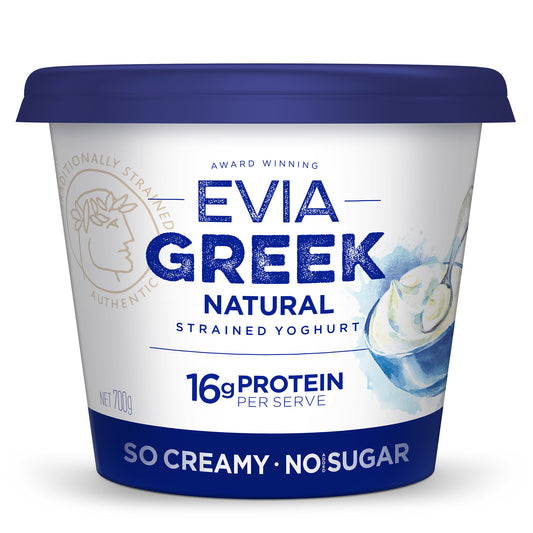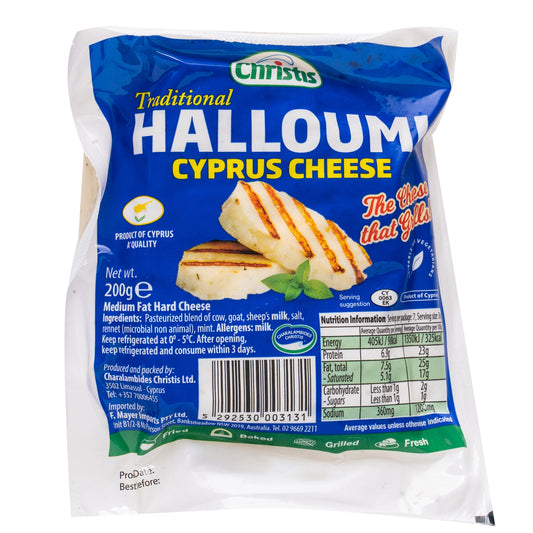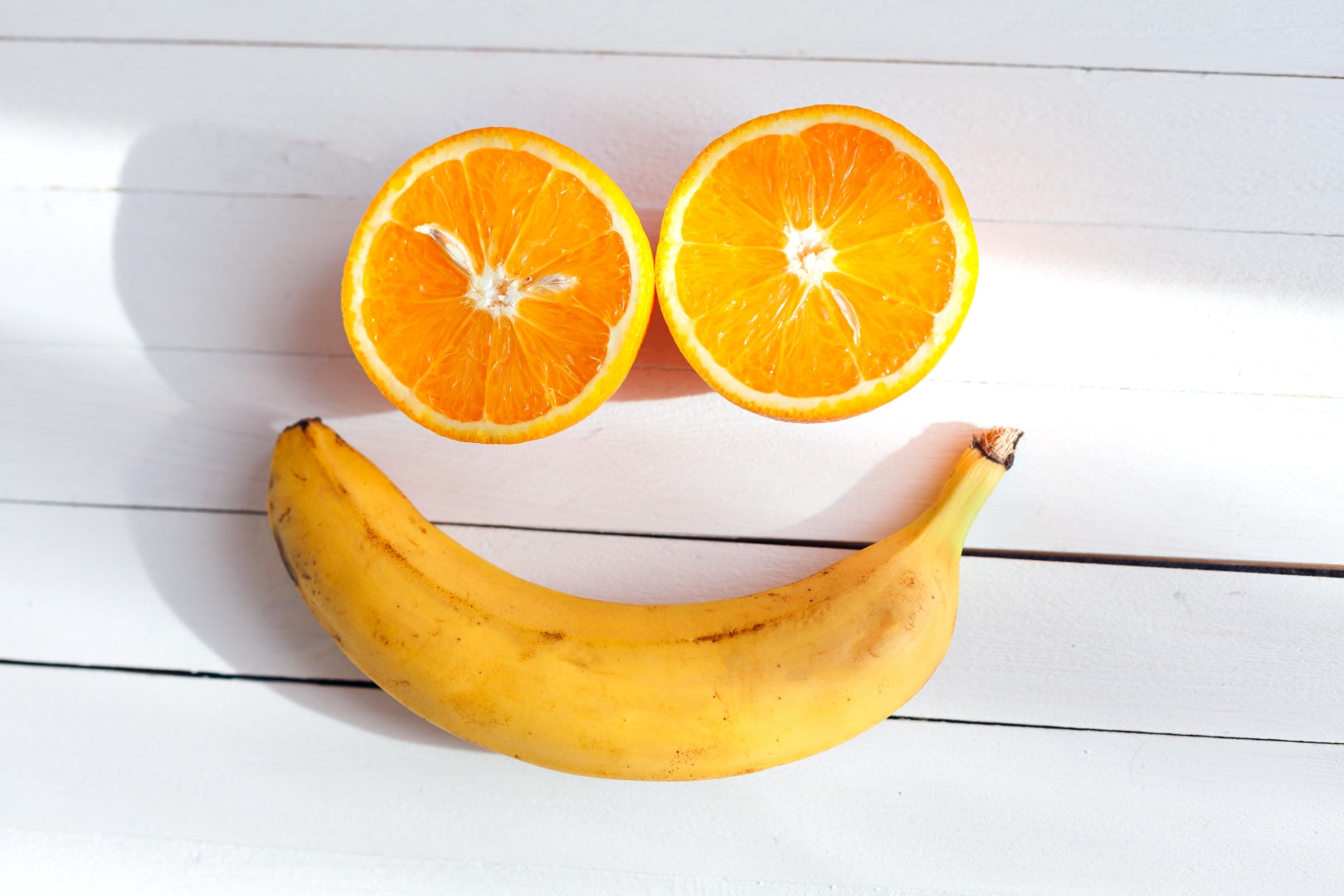
Food and mood – what’s the link? Well, you may not realise but the food you eat can affect your mood, and inversely, your mood can affect the types of food you eat! Charlotte Murray explains.
Mood is a complex phenomenon, and there is an unlimited number of variables that can influence the way you feel; from genetic and developmental factors, to the environment and the food you eat. According to the current research, there are four main ways that food can affect your mood, let’s take a look:
Your gut
Your gut is home to trillions of microbes which are involved in many different metabolic processes in your body, including ones that affect your brain and mood. Like any living creature, the gut microbes require fuel and friends. This fuel comes in the form of fibre, prebiotics and resistant starch, and friends are added in via probiotics!
Your brain
The human brain is one of the hardest workers in the body – it never stops! Hence, the brain needs good quality fuel, mostly in the form of carbohydrates and unsaturated fats, to help it function and to support its structure.
Your energy levels
Glycaemic index (GI) is a measure of how fast carbohydrate foods are digested and increase your blood glucose levels, over a period of time (which is usually two hours). High GI foods are digested quickly, and cause blood glucose levels to spike and crash; this translates into that sluggish and tired feeling after eating a chocolate bar or three (we’ve all been there!). In contrast, low GI foods are digested slower and provide a sustained release of energy.
Your hormones
Protein is composed of single units of amino acids. When we consume protein foods, like chickpeas or a piece of salmon, your body digests and breaks down this protein into single amino acid units. These amino acids are then used to form mood-altering hormones and neurotransmitters, which work alongside your brain.
Foods that boost your mood
Wholegrains
Wholegrains are full of fibre, prebiotics and resistant starch. Grains like oats contain healthy fats, essential for brain function and are also low GI, allowing for a sustained release of energy throughout the day.
Sources: All grains! For example, wheat, oats, barley, rice, rye, maize/corn, buckwheat, quinoa, amaranth, and all the foods that are made from them – bread, pastas, flour.
Protein foods
Fish and seafood, in particular, are rich in unsaturated omega 3 fats, which are essential for efficient brain function.
Sources: Lean meats, fish, seafood and protein alternatives such as tofu, tempeh, legumes; nuts, seeds and wholegrains too!
Dairy
Dairy foods contain live probiotics which, when digested, can add to the pre-existing microbe population that is already present in the gut. The more diverse the microbe population, the healthier your gut will be!
Sources: Yoghurt, kefir, cottage cheese, mouldy cheeses.
Fruit and Vegetables
Fruit and vegetables not only contain dietary fibre, but they are rich in vitamins, minerals and antioxidants.
Sources: Think fruit and vegetables of all different colours, shapes and varieties! The more diverse the better, not only because of the range of different nutrients in each, but your gut microbes will love you for it!
Nuts, seeds, legumes
Even though each variety of nuts, seeds and legumes each have unique nutritional profiles, what they all have in common is that they are a source of protein, fibre, healthy fats and provide you with sustained energy release throughout the day.
Sources: All nuts and seeds – cashews, pistachios, almonds, macadamias, pepitas, sunflower seeds, chia or flaxseeds. Legumes like chickpeas, kidney beans, adzuki beans… all varieties provide these great nutritional benefits.
Water
The human body relies on regular water intake to support the fluidity of cell membranes (so things can get in and out), to flush out by-products of chemical reactions and to maintain hydration. When you don’t drink enough water, you may feel sluggish, tired and have a slight headache.
Sources: Water, herbal teas and sparkling waters are good ways to keep up your hydration levels.
Foods that may lower your mood
High GI Foods
High GI foods are best eaten with a mix of protein and fats, as these will bring down the overall GI Load of the meal, minimising the energy spike and crash.
Sources: The glycaemic index of a food is no reflection of its “healthiness”, for example watermelon has quite a high GI, meaning it may provide that peak in energy then a crash, but it is also considered a fruit and has an array of different nutrition benefits. For a more detailed list, have a look at https://www.glycemicindex.com/
Caffeine
Caffeine affects everyone differently and each person has their own unique threshold to how much can be consumed before that jittery, on-edge feeling kicks in. This is one way that caffeine can affect your mood, and the other is by playing around with your sleep patterns, particularly if you’re having a cup of coffee later in the day.
Sources: Beverages with caffeine include coffee, tea, coca cola, green tea and energy drinks.
Charlotte is an Accredited Practising Dietitian (APD) who believes all foods have a place in a healthy, balanced diet. Charlotte enjoys celebrating food in all of its glory, and developing simple and delicious recipes to do so. Check out her Instagram page, The Nutty Gritty Here.

